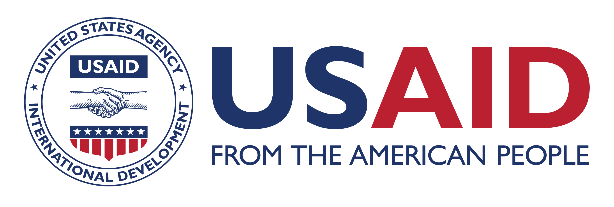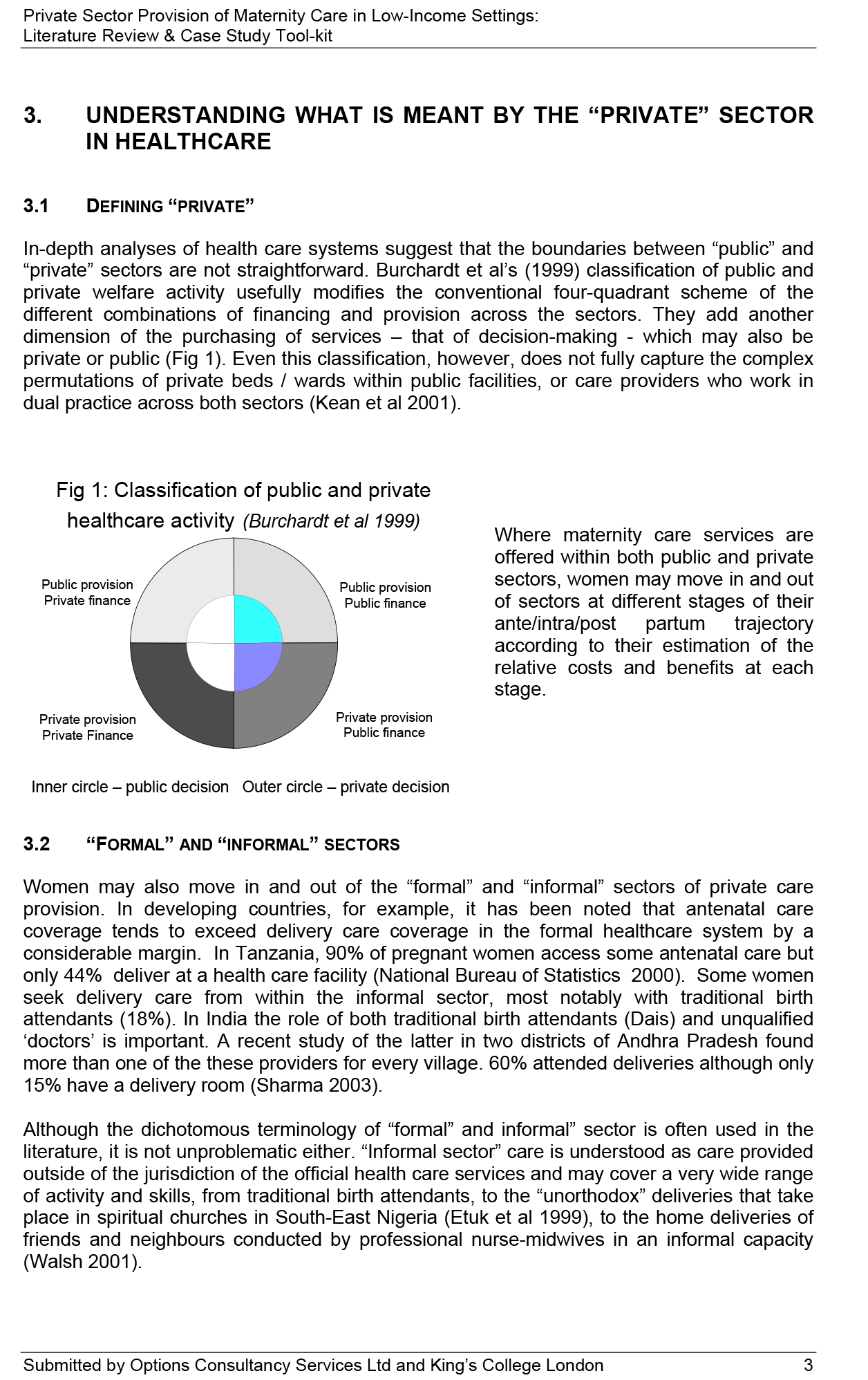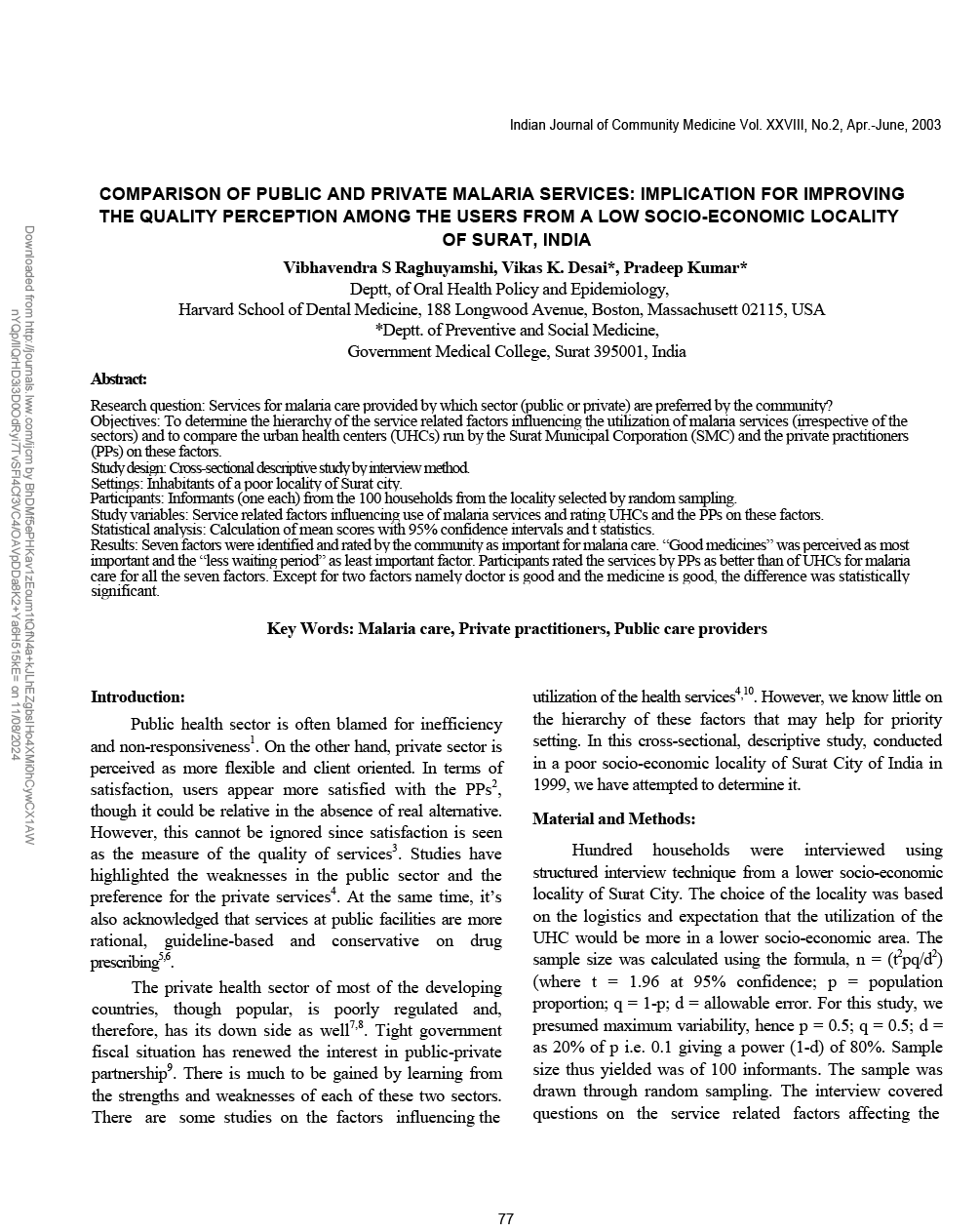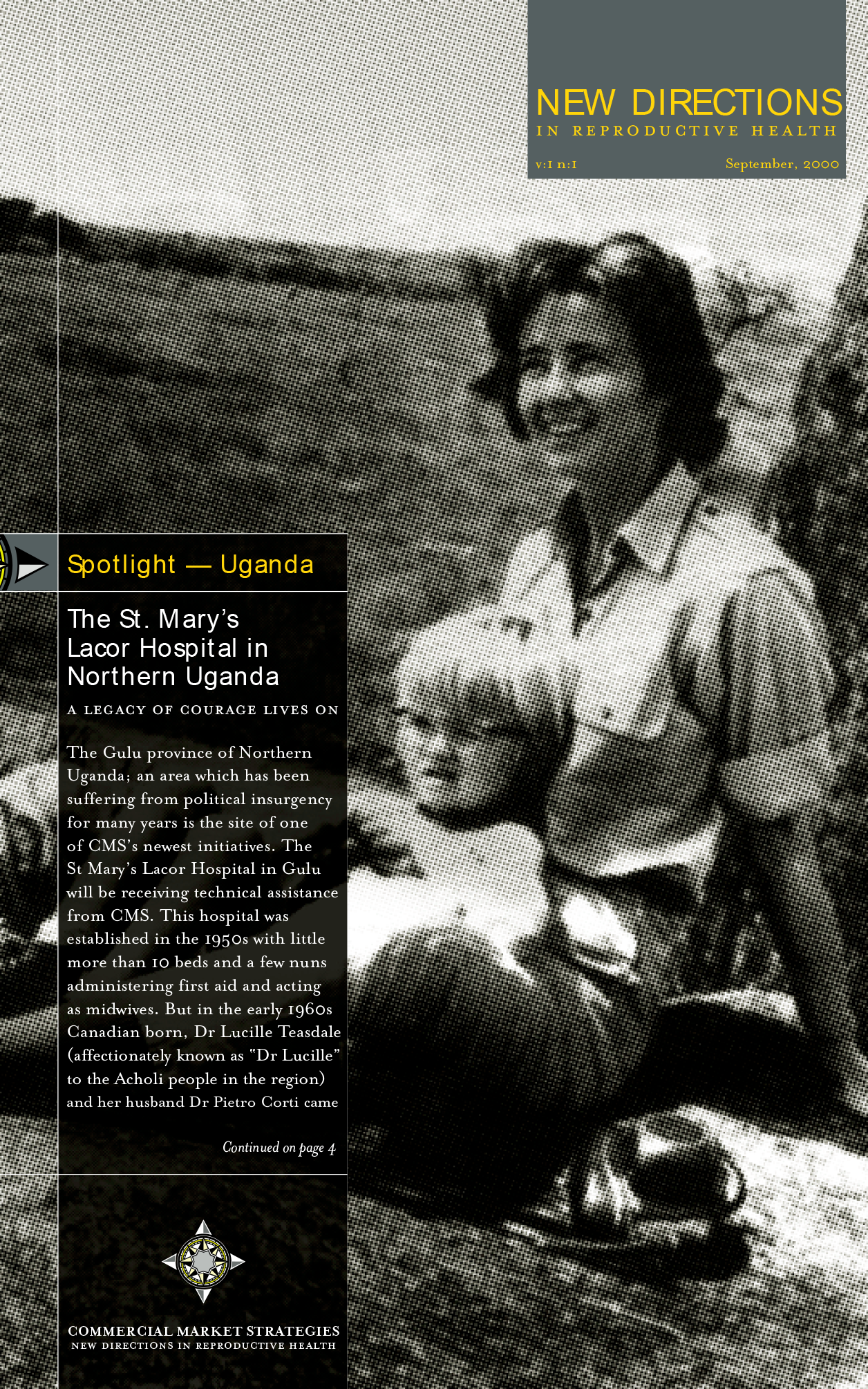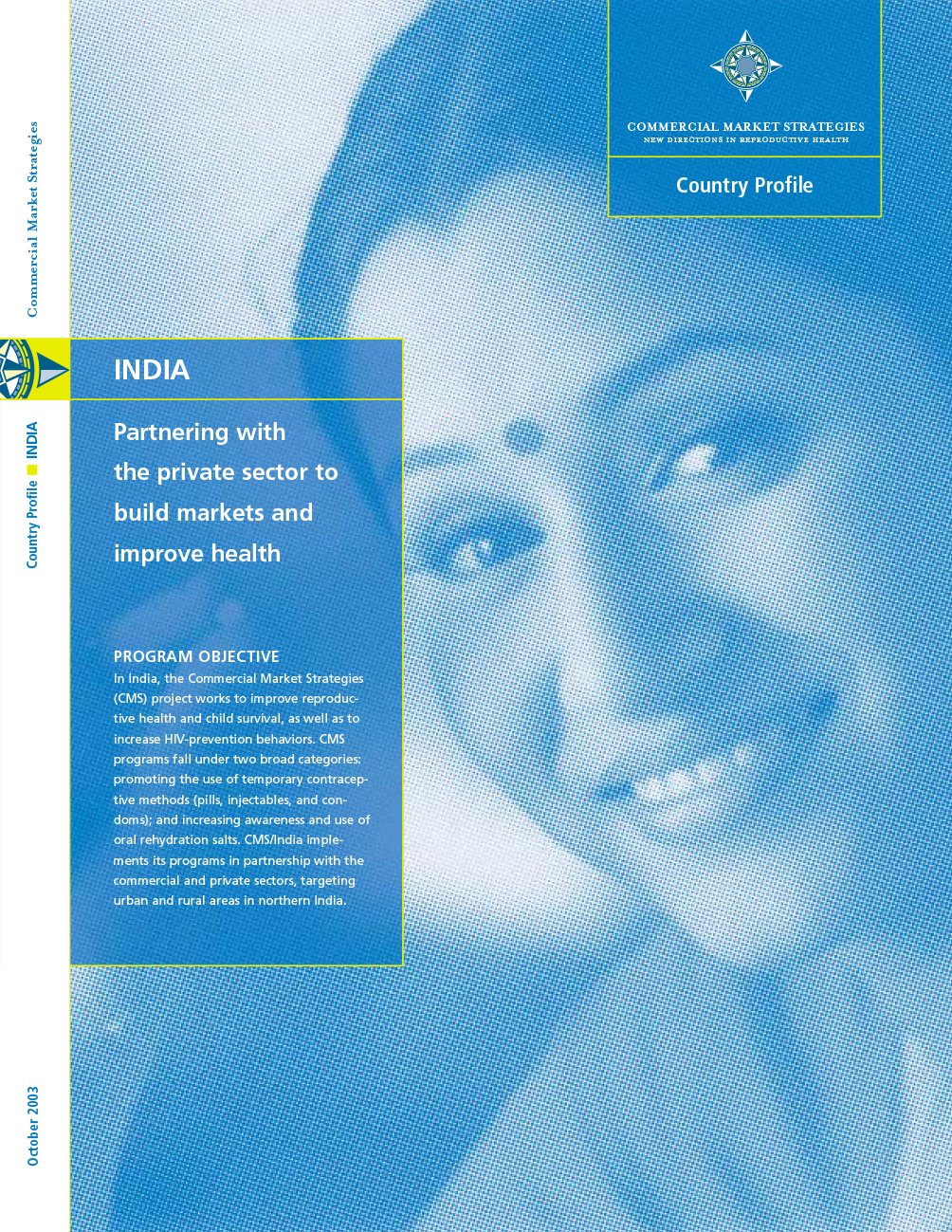
Resource Library
Prevention of diarrhea and pneumonia by zinc supplementation in children in developing countries: pooled analysis of randomized controlled trials
Study assessed the effects of zinc supplementation in the prevention of diarrhea and pneumonia with the use of a pooled analysis. Study concluded that zinc supplementation in children in developing countries is associated with substantial reduction in the rates of diarrhea and pneumonia, the two leading causes of death in these settings.
Resource Type : Other
Country : Bangladesh, Guatemala, India, Jamaica, Pakistan, Peru, Vietnam
Year : 1999-01-01T15:15:00
Language : English
Project : SHOPS

Resource Library
Therapeutic effects of oral zinc in acute and persistent diarrhea in children in developing countries: pooled analysis of randomized controlled trials
Presents the meta-analyses of efficacy studies demonstrating that 10-14 days of zinc supplementation reduce the duration and severity of diarrhea episodes.
Resource Type : Brief
Country : Bangladesh, India, Indonesia, Pakistan, Peru
Year : 2000-01-01T15:15:00
Language : English
Project : SHOPS

Resource Library
Initiating Public/Private Partnerships to Finance Reproductive Health: The Role of Market Segmentation Analysis
Participants at the 1994 International Conference on Population and Development (ICPD) developed an ambitious agenda, calling for more and better quality reproductive health products and services around the world. This mandate, along with the increased global demand for reproductive health care, poses a financial challenge to both donors and local governments.Recognizing this, the ICPD Programme of Action stressed the need for more efficient resource use through stronger public/private partnerships and an expanded private sector role. Carrying out these recommendations requires improved public/private dialogue and further exploration of opportunities for the public and private sectors to coordinate their efforts. Market segmentation analysis can support this process by highlighting the different reproductive health needs of different population groups and prospects for both sectors to improve resource targeting accordingly. The purpose of this paper is to familiarize policymakers with market segmentation analysis and its role in supporting more efficient and effective resource use. Specifically, the paper summarizes how market segmentation analysis helped initiate public/private dialogue to guide resource allocation decisions in four countries: Turkey, India, Morocco, and Brazil. In Morocco and Turkey, market segmentation analysis results were central to public/private reproductive health finance discussions and guided public sector decisions to concentrate resources more heavily on the most vulnerable and needy population groups. In Brazil and India, market segmentation analysis findings helped guide reproductive health finance discussions between donors and the private sector that led ultimately to private sector expansion.
Resource Type : Other
Country : Turkey
Year : 2000-05-01T00:00:00
Language : English
Project : SHOPS

Resource Library
Examining the Role of Private Maternity Services in Nepal, India and Tanzania
The maternal and child millennium development goals (MDG) call for a reduction of maternal mortality by three-quarters and child deaths by two-third between 1990 and 2015. It is widely acknowledged that a functioning healthcare system is essential to achieve these aims. To date, Maternal and Newborn Health (MNH) initiatives have primarily focused on improving skills, resources, and referral systems within public sector services. The private maternity care sector has received little attention. However, in many low income countries, there is reportedly a growth in the non-government provision of maternity and obstetric care, and health sector reform strategies are promoting private and public sector "mixes". If the ambitious targets set for reduction in maternal and child health are to be reached, the role played by different elements within the private sector, their limitations and their capacity, and their interface with government services in key areas such as skilled attendance and essential obstetric care, all need to be far better understood. This literature review brings together existing knowledge concerning private (non-government) sector maternity care provision in low-income settings and identifies some key issues for future exploration. It presents a set of tools designed to gather information about private sector provision of maternity care at National or sub-National levels. These tools were simultaneously piloted in three settings, the State of Andhra Pradesh in India, Nepal and Tanzania. Separate reports from each of these pilot studies have been prepared (Ensor & Dey 2003; MacDonagh & Neupane 2003 and Murry & Nyambo 2003). A synthesis report that draws out the key issues arising from this review and across the three settings is also available (MacDonagh, Murray and Ensor 2003). Section 2 explains the scope of and methods used in the review of the literature. Section 3 provides an introduction to some of the terminology and typologies used in discussion of the "private " healthcare sector. Section 4 outlines the findings of the literature review on private sector maternity care in developing countries, and Section Five draws out five key areas where further investigation is required. In section 6 examples of existing initiatives in work with private sector providers of maternity care are outlined. Section 7 introduces a "tool kit" designed to assist local study of private sector provision of maternity care, and the annexes contain the pilot-tested tools.
Resource Type : Tool
Country : India, Nepal, Tanzania
Year : 2003-12-12T10:00:00
Language : English
Project : SHOPS

Resource Library
Money for nothing : the dire straits of medical practice in Delhi, India
The quality of medical care received by patients varies for two reasons: differences in doctors' competence or differences in doctors' incentives. Using medical vignettes, the authors evaluated competence for a sample of doctors in Delhi. One month later, they observed the same doctors in their practice. The authors find three patterns in the data. First, what doctors do is less than what they know they should do-doctors operate well inside their knowledge frontier. Second, competence and effort are complementary so that doctors who know more also do more. Third, the gap between what doctors do and what they know responds to incentives: doctors in the fee-for-service private sector are closer in practice to their knowledge frontier than those in the fixed-salary public sector. Under-qualified private sector doctors, even though they know less, provide better care on average than their better-qualified counterparts in the public sector. These results indicate that to improve medical services, at least for poor people, there should be greater emphasis on changing the incentives of public providers rather than increasing provider competence through training. For original site, visit http://www-wds.worldbank.org/servlet/WDS_IBank_Servlet?pcont=details&eid=000016406_20050720164402.
Resource Type : Report
Country : India
Year : 2005-07-01T15:15:00
Language : English
Project : SHOPS

Resource Library
Comparison of Public and Private Malaria Services: Implication for Improving the Quality Perception Among the Users from a Low Socio-Economic Locality of Surat, India
Services for malaria care provided by which sector (public or private) are preferred by the community? Objective of this study: To determine the hierarchy of the service related factors influencing the utilization of malaria services (irrespective of the sectors) and to compare the urban health centers (UHCs) run by the Surat Municipal Corporation (SMC) and the private practitioners (PPs) on these factors.
Resource Type : Other
Country : India
Year : 2003-08-23T15:00:00
Language : English
Project : SHOPS

Resource Library
New Directions in Reproductive Health, Spotlight - India
Goli Ke Hamjoli, CMS success story in India Partnerships with pharmaceuticals, Morocco Impact of franchise in Nicaragua Call-in radio programs for adolescents in Uganda The contraception-adoption process in Jordan Summa Foundation loan in Cambodia
Resource Type : Other
Country : India, Jordan, Morocco, Nicaragua, Uganda
Year : 2001-10-01T15:15:00
Language : English
Project : SHOPS

Resource Library
New Directions in Reproductive Health, Spotlight - Uganda
CMS program in Uganda Goli Ke Hamjoli, India Social franchising, Nicaragua NGO sustainability, Ghana Hotline in Kazakhstan Youssou N'Dour supports CMS condom, Senegal
Resource Type : Other
Country : India, Uganda
Year : 2000-09-01T14:45:00
Language : English
Project : SHOPS

Resource Library
Social Marketing: A Dynamic Method for Changing Behavior
Social marketing is broadly recognized as the use of marketing strategies and techniques to achieve a social goal. For decades, social marketing has had a proven impact on the health and well being of millions of people, both in the United States and the developing world. Social marketing borrows heavily from commercial marketing and the social sciences. Using social marketing techniques such as market research, product development, distribution, and demand creation, many development programs are able to encourage populations to practice preventive behaviors, choose the size of their family, or simply adopt a healthier lifestyle.
Resource Type : Brochure/Postcard
Country : India, Morocco, Nicaragua, Uganda
Year : 2005-07-18T14:30:00
Language : English
Project : SHOPS

Resource Library
Country Profile: India
In India, the Commercial Market Strategies (CMS) project works to improve reproductive health and child survival, as well as to increase HIV-prevention behaviors. CMS programs fall under two broad categories: promoting the use of temporary contraceptive methods (pills, injectables, and condoms); and increasing awareness and use of oral rehydration salts. CMS/India implements its programs in partnership with the commercial and private sectors, targeting urban and rural areas in northern India. This profile provides an overview of the local context and discuss program goals, design, challenges, evolution, and impact.
Resource Type : Brochure/Postcard
Country : India
Year : 2003-10-01T10:15:00
Language : English
Project : SHOPS
Pagination
- Previous page
- Page 16
- Next page

